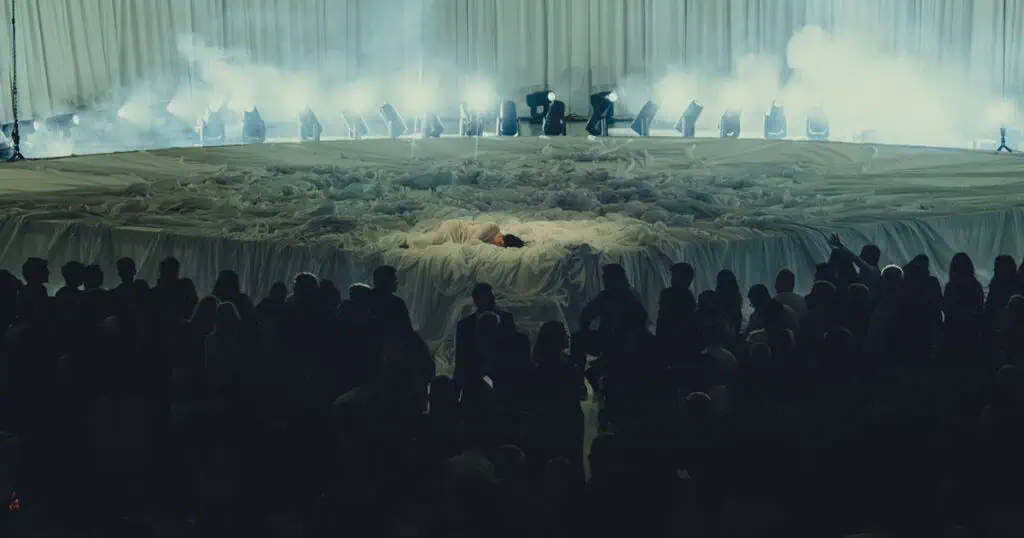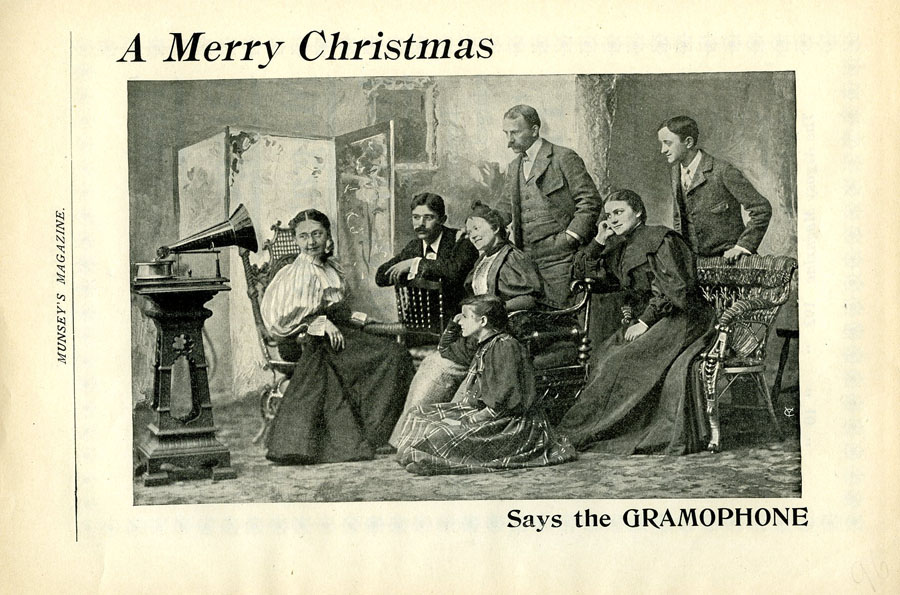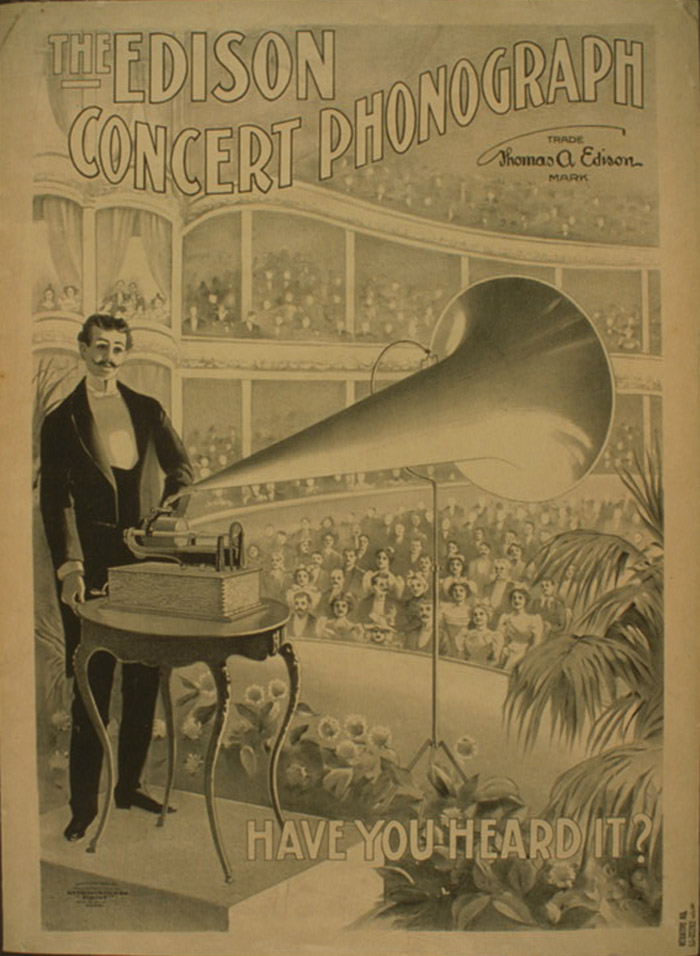Rosalía’s LUX Listening Party in Barcelona Changes the Paradigm for Live Event Curation
For an artist so confident and comfortable belting into the spotlight, her entirely silent presence at the Museu Nacional d’Art de Catalunya (MNAC) as her album played for invited guests, spoke just as loud.

By Jeremy Young
On Wednesday, November 5, Rosalía hosted a semi-secret listening party with about 900 guests for her newly released, and highly acclaimed, album L U X at the National Art Museum of Catalonia (MNAC), in Barcelona.
But this was unlike any listening event we’ve seen before.
The Spanish singer and pop sensation dressed in white, stood and sat and laid down silently and nearly motionless throughout the full hour-long event. There was no rapturous introduction, and when the last notes of the album’s final track rang out, Rosalía simply walked offstage to the sounds of her applause, without uttering a word.
She existed like a living sculpture for an extended moment in time, as her courageously orchestrated and sound-designed album draped her and her audience in sound.

This — I’m calling it “provocative softness” — and the clash of a beautifully decorated, set-dressed, and lit museum space with the total lack of fanfare or congratulatory gestures coming from the performer whose work was on “display,” pushed the limits of an audience’s ability to simply listen.
Listening parties are one thing. They’re “a” thing. But sitting and taking in music for the music’s sake in a prerecorded audio capacity harkens back to a very specific era of auditory listenership, post-technology but pre-digital.
In marketing the newly patented tinfoil phonograph around 1878, Thomas Edison’s company hired demonstrators to treat live audiences with a spectacle they’d never believe was real: a talking, speaking, playback machine that sounded as real as a sound made by the person standing in front of you!

A writer for Scientific American, upon hearing the sounds come out of an early, crank-turned phonograph recording said: “It is impossible to listen to the mechanical speech without his experiencing the idea that his senses are deceiving him.”
Touring attractions featured salesmen traveling from town to town to demonstrate this new musical playback technology in “come and hear it for yourself” promotions, audiences would sit and encounter the other-worldly experience in retail spaces and private homes.

By 1895, the first “Phonograph Rooms” were opened in Kalamazoo, Michigan, where residents could listen to phonographs and explore gramophones for home listening. These listening rooms were set up so folks could come around and play musical recordings on phonographs in a sales environment, but they led eventually to the phenomenon of “phonograph concerts.”
Phonograph concerts, occurred in theatres and recital halls rather than stores and living rooms. Between 1897 and 1905 they became so popular on the local town and county level — often serving as fundraisers for schools and local organizations or activities — that phonograph dealers had to step in and call for theatres to go back to live performer entertainment because the wax records were being played so often, they were wearing down.
The auditory experience, these retailers argued, gave consumers a false impression as to the fidelity of the gramophone!

This, and most experiences of deep, acousmatic listening, is all but a forgotten experience in today’s attention economy. It’s a different experience to listen to a full album of recorded music alone than with a crowd surrounding us on all sides. The communal experience of listening is powerful, ancient. It taps into our species’ reliance on storytelling within our tribe to build codes of trust, and recognize dialects of speech and signals, in order to survive.
The patient submission to stillness as survival, now isn’t that something?

Speaking of language, Rosalía’s L U X is a massive album sung in 13 different languages, with collaborations from a global community of boundary-pushing artists including Björk, Yves Tumor, Guy-Manuel de Homem-Christo, Pharrell Williams, Caroline Shaw, and Daníel Bjarnason among others. With linguistics and voices so important to the sound of this record, Rosalía’s artful approach to her voice at large, to create an hours-long event that included next to no spoken language is a daring and courageous act of expression.
This review on Prazzle made the point that this whole experience stood apart as a work of performance art, more than a “party” or surely unlike any live musical performance. Rosalía may be a singer, songwriter, and performer — and she has risen up the pop charts with a highly personal style — but with this new record and this event of performative, durational stillness, I think she’s aiming to communicate something deeper than pop music can make space for.
More traditional listening events for L U X have been presented in cities around the world, including: Mexico City, Lima, Lisbon, London, Milan, Paris, Santiago, Santo Domingo, Amsterdam, Berlin, Bogotá, Buenos Aires, São Paulo, Stockholm, Tokyo, Toronto and New York City. This is common for a global major label release.
Some related recent listening party spectacles
Taylor Swift
Of course Taylor Swift is part of this list. Her “Secret Sessions” were a series of private listening parties where she invited around 500 hand-selected fans to experience her new 2017 album, Reputation, before anyone else, and with Taylor in attendance hosting. This was a highly personal and exclusive experience for a mega-influential artist to engage with their fans on an intimate level.
Billie Eilish
This listening party for Billish Eilish’s 2024 Hard and Soft release was a full stadium spectacle; and even though Eilish didn’t perform, the strobes, lasers and fog machines made it into a party for all in attendance.
Ye
Kanye West’s famous listening party for ye in 2018, which took place in the elite remote countryside playground of Jackson Hole, Wyoming, was more about A-list presence and charter jets than engaging in a meaningful way with his audience.
Travis Scott
Travis Scott launched his 2023 album Utopia in a World Premiere at a random warehouse in Brooklyn, just hours after his feature-length film that accompanies the music Circus Maximus debuted in theatres nationwide. The party featured Scott himself hyping up the music, sometimes rapping, and dancing with the crowd, on a small-scale and highly personal level.
Tim’s Twitter Listening Party
During the COVID-19 pandemic in 2020-21, Tim Burgess of the band The Charlatans started live-streaming albums via his “Tim’s Twitter Listening Parties.” Artists would play their classic albums on social media, with fans and the musicians sharing insights and memories as the album played and as Tim hosted, and sometimes listeners would get to hear not-yet-released material as well.
Back to the future — where do we go from here?
Rosalía’s Barcelona event gravitationally pulls the timeline of past listening parties in a new direction. It combined a highly personal touch thematically linked to the narrative of her album with a contemporary art-inspired manufactured moment that balances the act of museum-going with the comforting, communality of home listening.
It feels both refreshing and familiar. It felt important and nonchalant all at once. It reminded me of when JAY-Z enlisted Marina Abramović (and half of the New York City A-list art crowd) to be part of his music video shoot, a celebration in itself, for “Picasso Baby.”
Taking a closer look at this listening party event, I think a few things stand out to me about how we creators can be inspired to expand the scope of our own live events.
- Creating an “image” — Rosalía effortlessly manipulated the space around herself to create an instantly iconic visual image that no one in attendance will soon forget. How can you as an artist use the power of a memorable image to create a lasting impression on your live audience?
- Dare to be unexpected — One of the most powerful ways to engage with an audience is to set up expectations, and then undermine them, and change direction. Don’t be afraid to play with what an audience assumes you’re going to do in performance.
- Silence and quietude — The absence of sound often speaks just as loud as amps and drums. And just being free to explore patience in a live setting is something more artists need to consider. Sometimes we don’t give the audience enough time to breathe, out of our own fear of the dreaded radio silence moment.
- Thematic synchronization — Using the lyrical themes on your record to customize the theme of your stage design, lighting, costumes, or general “vibe” or flow of your performance is a great way to create a deeper connection with an audience hungering to develop a more personal relationship to your art.
- The artist as spectator — Sharing in a moment alongside the audience, becoming a spectator oneself, offers a nice break in the invisible wall that naturally exists between performer and crowd.
What else might this inspire in the future, whether for Rosalía and other contemporary artists or YOU, in how we as a community set up live events that are outside the box of a normal “concert” performance? Who knows…
But if the clips of Rosalía’s near stillness also nearly brought you to tears, as it did me, we should all be blissfully excited about that ellipsis.